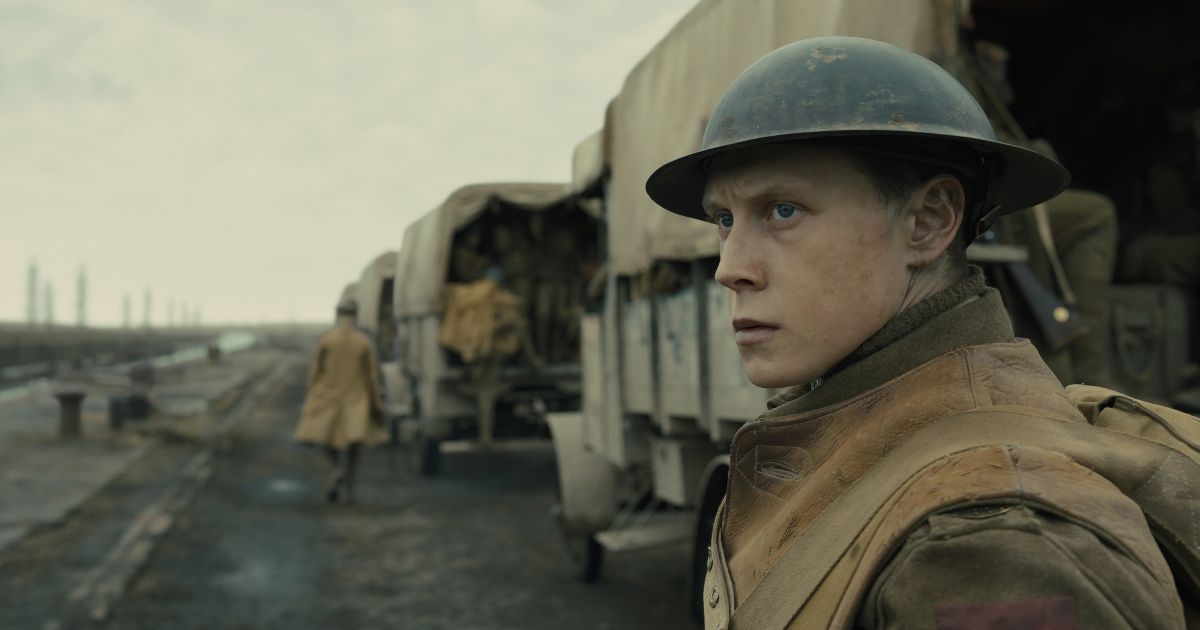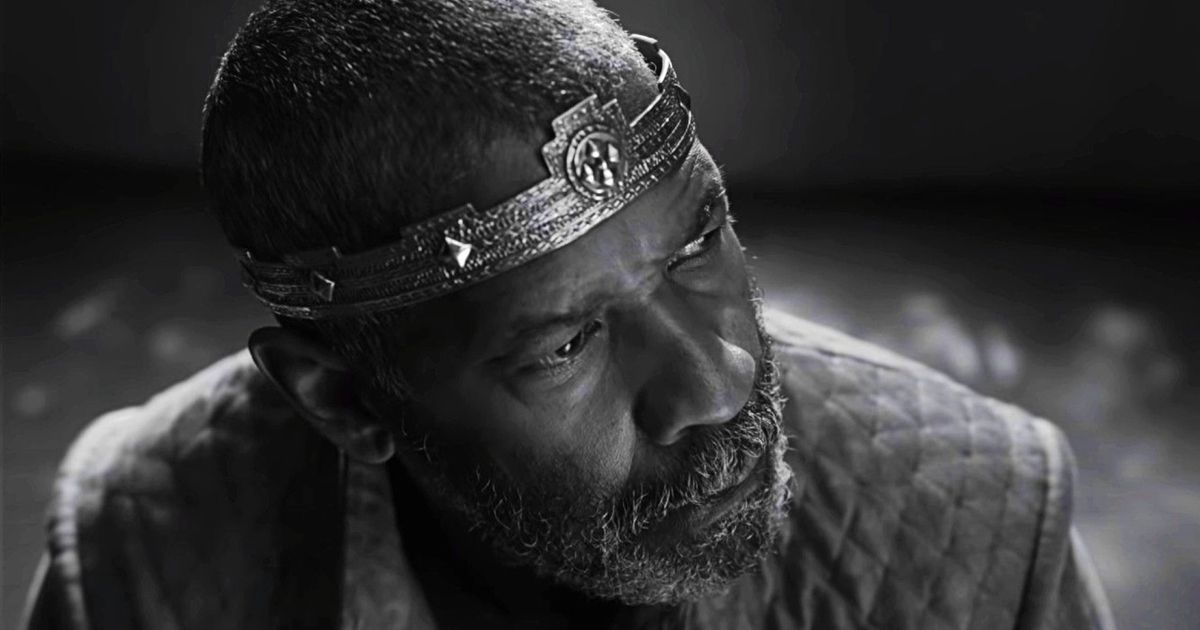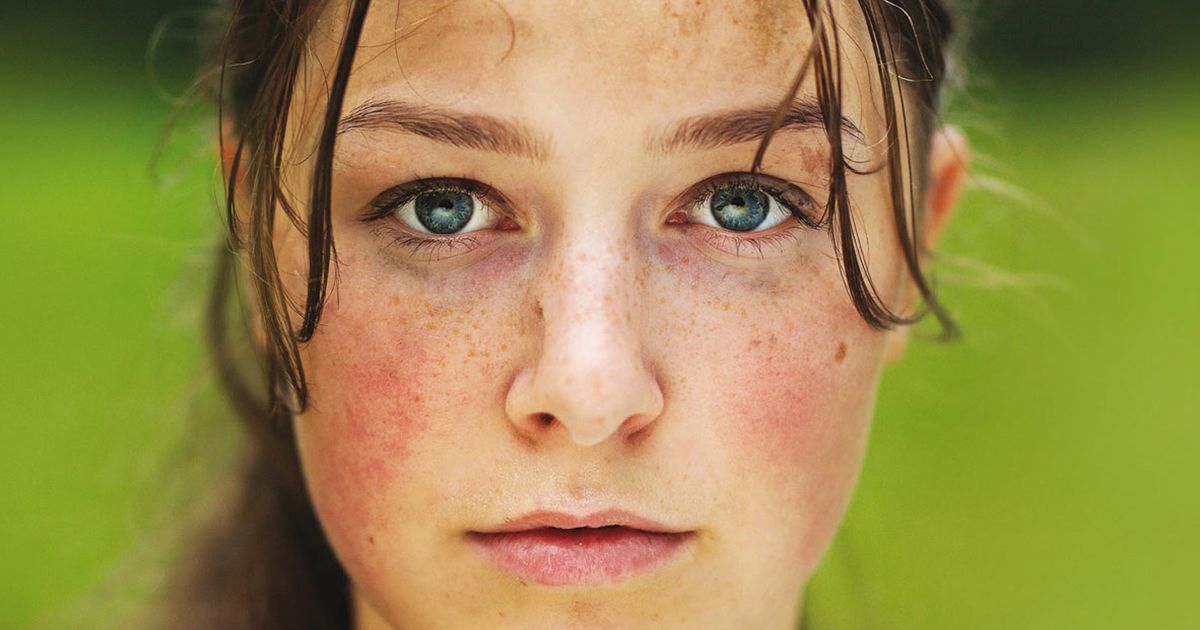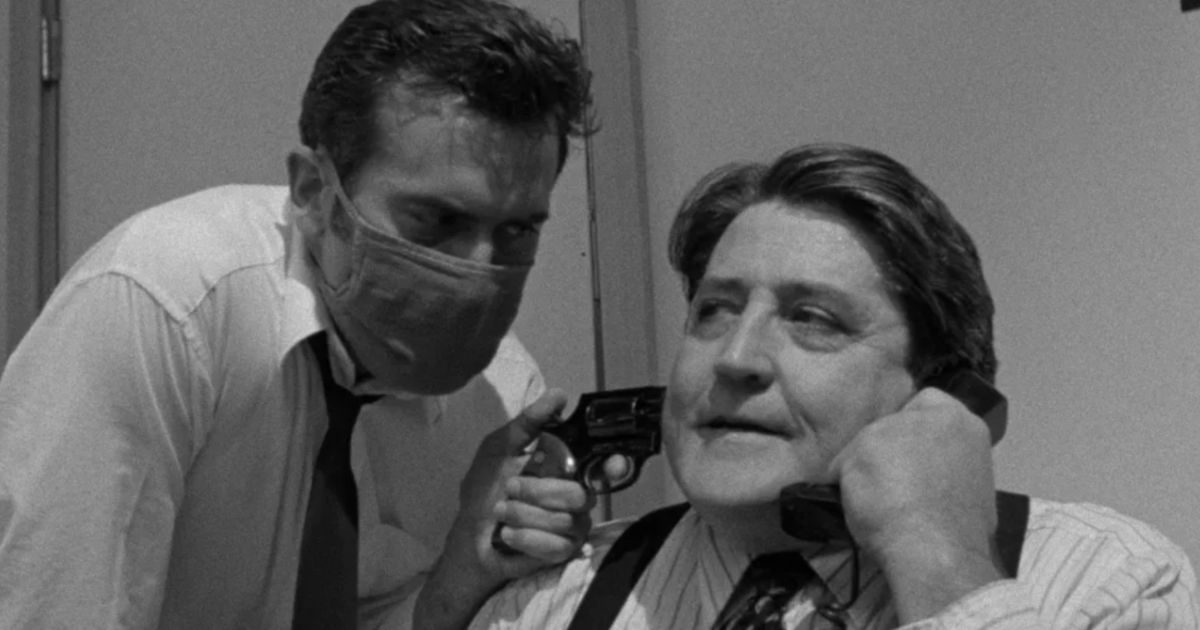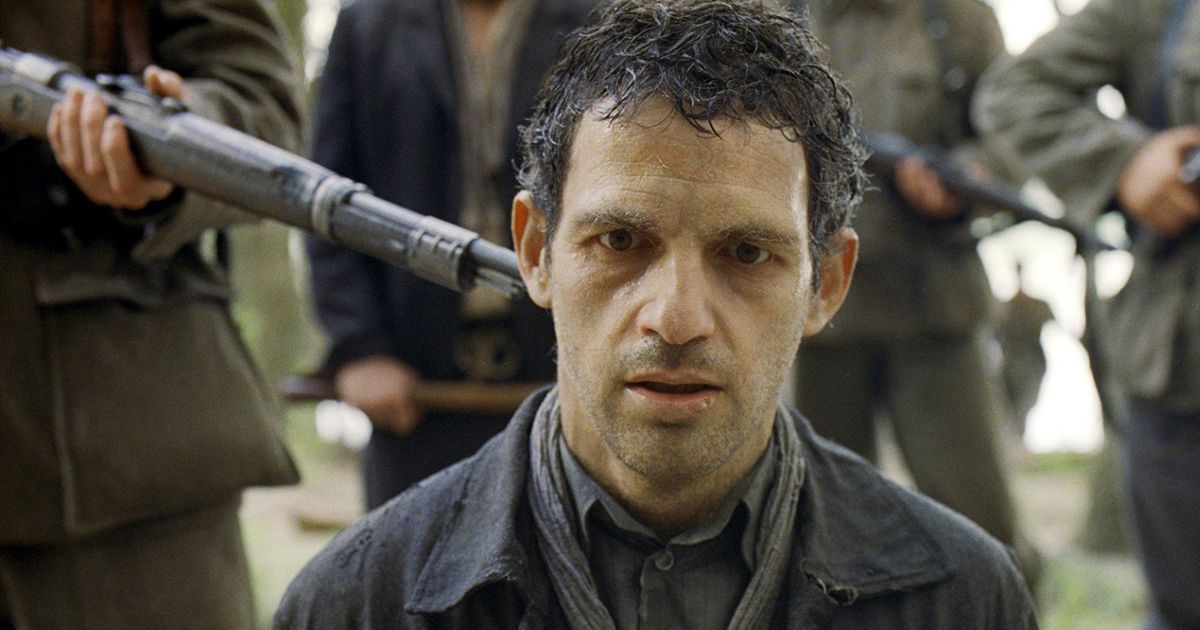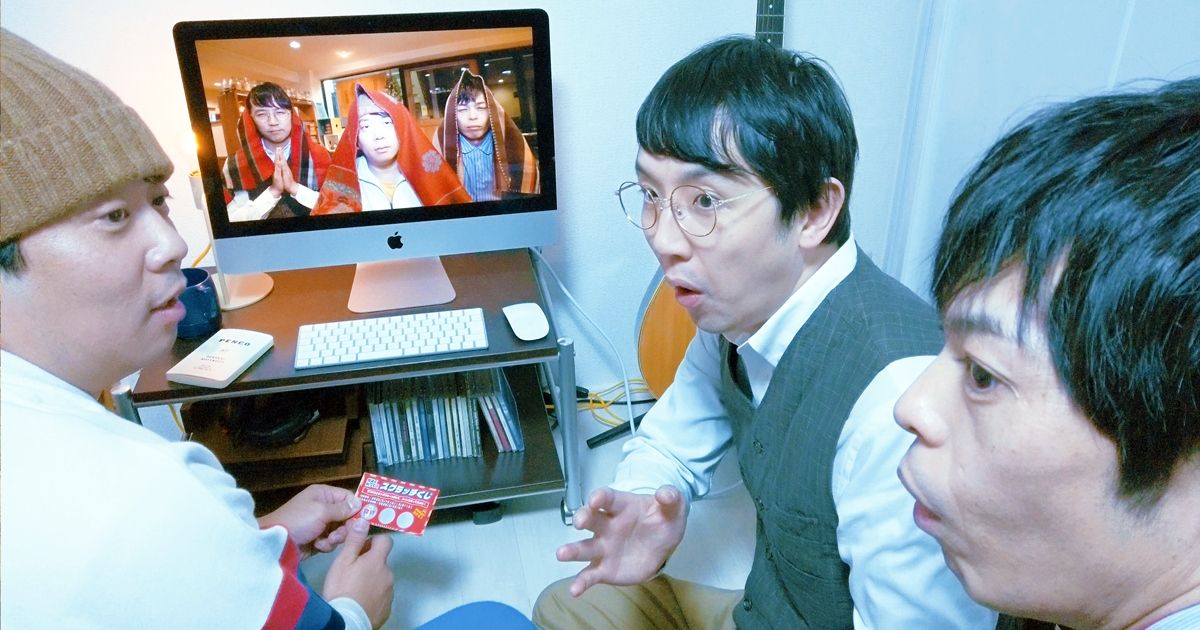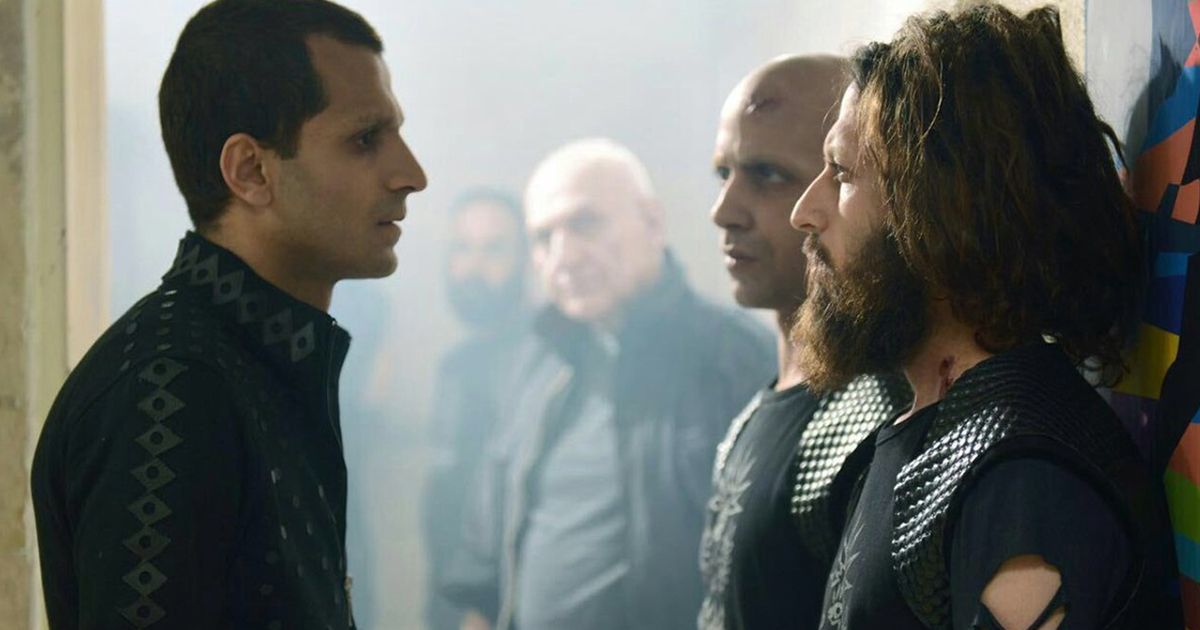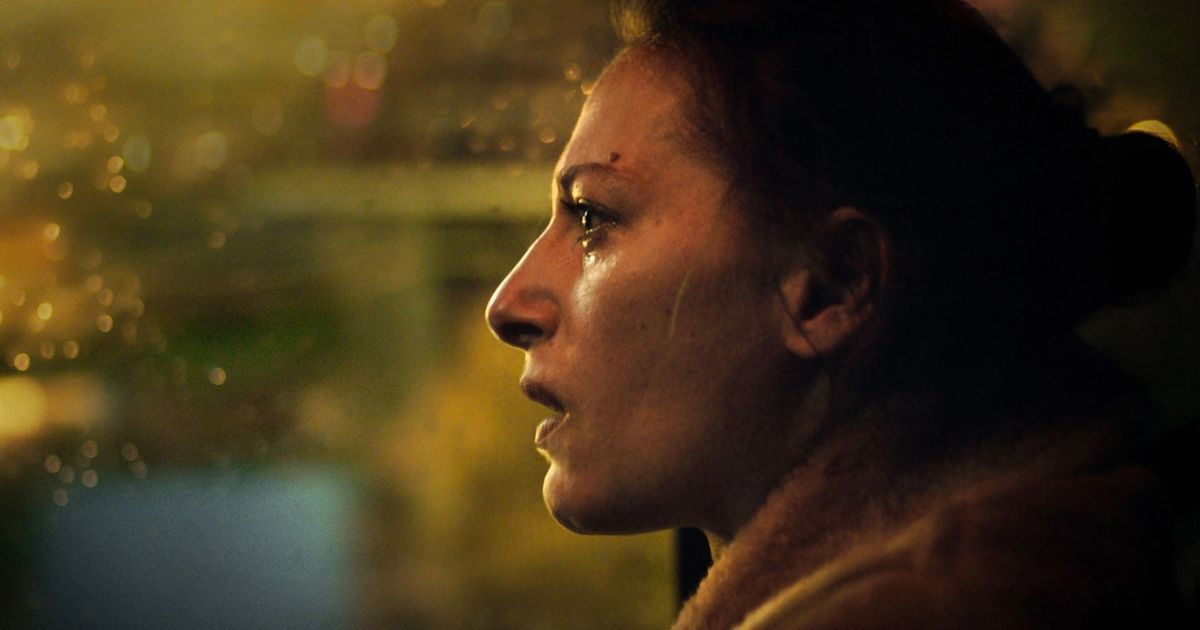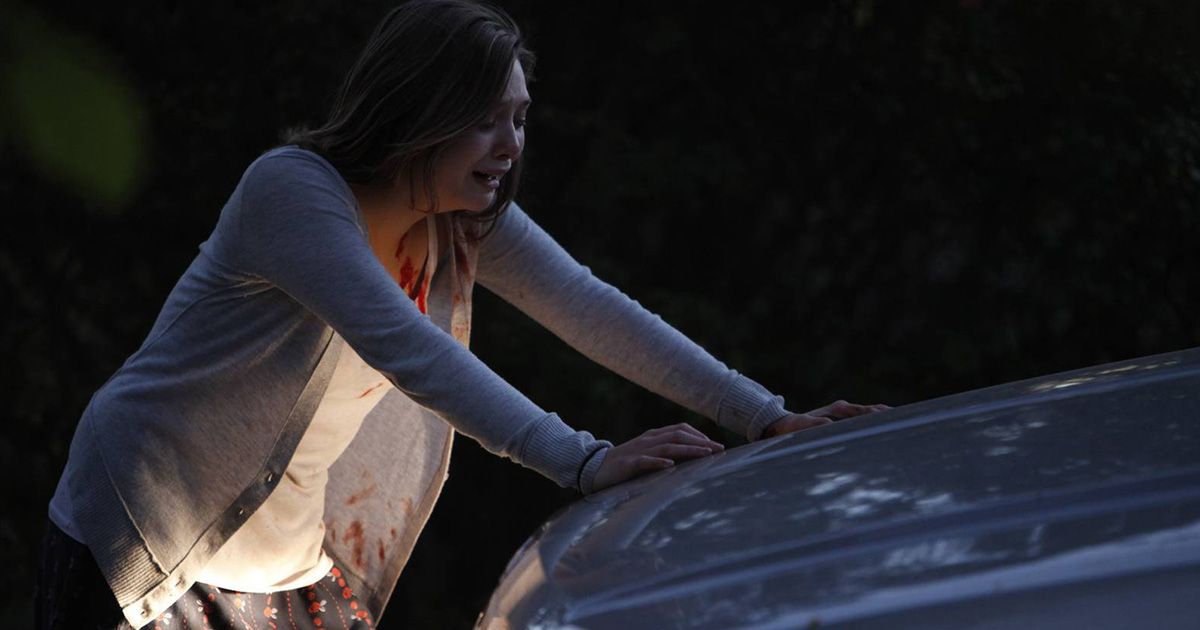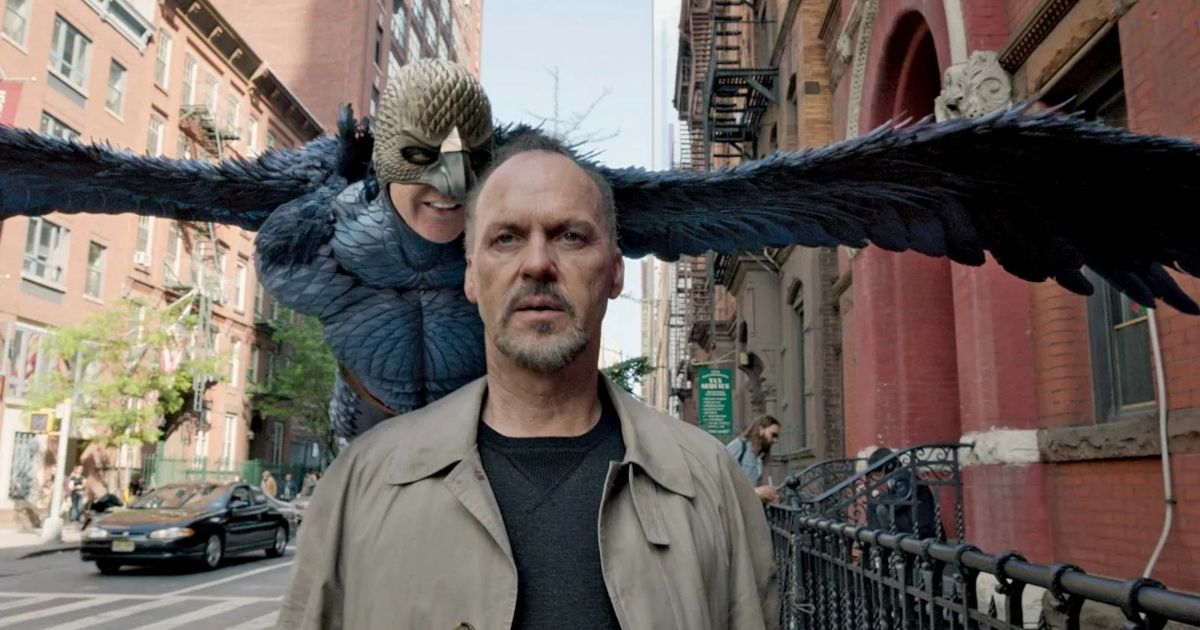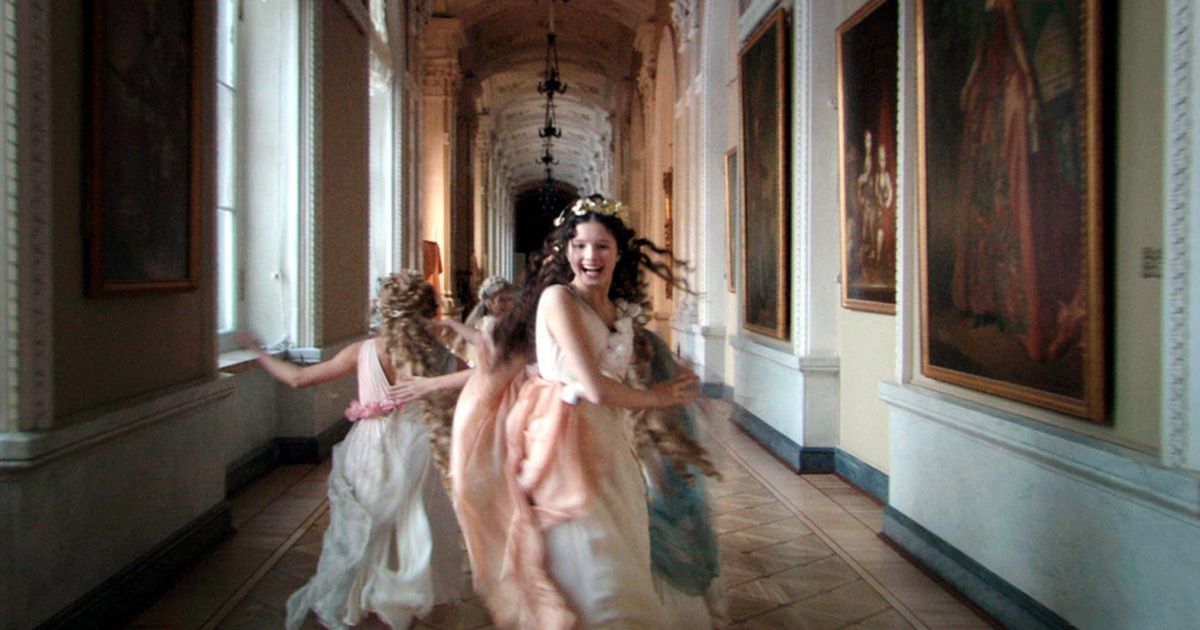The "one-shot technique" has been a hot topic of discussion for the past few years ever since the opening of Sam Mendes' military drama 1917. This method involves filming an entire movie in one continuous shot, or, at least, making it appear that way. Cinephiles adore this ambitious filming technique, which aims to make the audience feel as if the action is taking place in real-time. It's not one that's easy to pull off, which is why only a handful of directors have even tried; however, there's no denying that for those who have, most of them have absolutely nailed it.
Updated April 26th, 2023: Want to know more about the one-shot technique? Then you'll be happy to know that this article has been updated with additional content and entries by Amanda Minchin.
So, if you’re looking to get an up close and personal experience with a film, this is an assortment of movies that were filmed in one take (or, at the very least, look like they were).
13 Rope
Alfred Hitchcock was one of the first to attempt a one-shot movie. His earliest tries were with 1937s Young and Innocent and 1946s Notorious, respectively. It wasn't until two years later that he struck gold with 1948s Rope.
One of his most experimental films, this movie was filmed in a series of 10-minute takes out of necessity — The 35 mm film cameras at the time couldn’t shoot for any longer. The Master of Suspense and the movie’s cinematographers, Joseph A. Valentine and William V. Skall, decided to hide any of the cuts. Instead, they shot the film in real-time.
In doing so, they perfectly captured the claustrophobia encapsulated in the play by Patrick Hamilton upon which the movie was based. Hitchcock’s thriller about two murderous students attempting to hide a body has gone down in history as both a compelling and technically bold movie.
12 Macbeth
While Hitchcock's film looks as if it's in one take, it wasn't until 1983’s TV movie adaptation of William Shakespeare’s Macbeth that audiences would experience an actual one-shot take film for the first time (almost). Hungarian filmmaker Béla Tarr composed a 57-minute-long shot for the majority of the film, though. Technically speaking, the film is composed of two shots; the first prior to the main title is five minutes long and the second comprises the rest of this short film's whopping 57 minutes.
11 Utøya: July 22
The 2018 film Utøya: July 22 is a one-shot depiction based on the true events of the Norwegian summer camp tragedy of July 2011 in which a right-wing extremist posed as a police officer and shot and killed sixty-nine teenagers. Unfortunately, many more were either left injured or emotionally scarred over the course of the attack, turning the youth summer camp into an unimaginable horror scene from straight out of a movie.
Before creating the film about this experience, director Erik Poppe conducted interviews with forty survivors in order to portray the events as realistically as possible. In doing so, Poppe recreated the incident in one continuous, 83-minute shot, exactly as it happened on the day, which allowed the audience to see the catastrophe through the eyes of the victim. Utøya: July 22, according to Poppe, even stays true to the total number of shots fired during the attack; you can't get any more accurate than that. The only inaccuracy here is the movie was filmed on a neighboring island, and not on Utøya itself.
After a week of rehearsals, Poppe and his crew spent five days trying to get the perfect take, with just one take attempted per day. The take from the fourth day was the one used in the film.
10 Victoria
German director Sebastian Schipper achieved the impossible with Victoria, a one-shot film released in 2015. The movie follows a party girl and three men as they attempt to rob a bank late at night. As one might expect, things don't go exactly as planned.
The 138-minute crime thriller features 22 locations, a bank robbery, nightclub scenes, a large cast and crew, and was shot in Berlin in one take between 4:30 a.m. and 7:00 a.m.
As if that wasn't enough, even Schipper wasn't sure if it would be possible, but he wanted to make something that existed outside modern cinema audiences' expectations. He succeeded by shooting the film three times in one take from beginning to end. After each take was complete, he watched all three and chose his favorite, which he then used as the final film.
9 Running Time
Another example of a heist movie that takes advantage of the one-shot technique is the 1997 film Running Time. The story follows beloved actor Bruce Campbell as a recently released convict gearing up for his next big heist as he finds out the hard way that good help is hard to find. Directed by Josh Becker and co-written alongside Peter Choi, this film pays homage to the noir steeped heist movies of the 1940s and 50s.
Inspired by Hitchcock's Rope, the movie itself is in black and white and seems to take place in one fluid, continuous shot thanks to some killer editing. Shooting took place over the course of ten days, ending fittingly on the last day at 10 AM sharp. Its stellar editing has convinced at least one critic that the film was truly a one-shot.
8 Son of Saul
Son of Saul is a heartbreaking drama that follows the life of Saul Ausländer, a Hungarian Jew imprisoned at Auschwitz, as he's ordered to clean up after the executions of other prisoners in order to save his own life. For 107 minutes, the camera rarely leaves the lead's head as he fights to hide and bury a boy's body according to proper Jewish rites.
As one can imagine, the film is incredibly distressing and emotional to watch, but its one-shot approach gives the audience a very real experience by doing so. Director László Nemes intended for the film's point of view to not wander beyond Saul's limited perspectives, therefore giving the film a vibe that synchronizes the audience with the headspace of the struggling protagonist.
Upon its release, Son of Saul earned positive reviews from critics and was even the first Hungarian film to win the Best Foreign Language Film at the Academy Awards.
7 1917
Oscar-winning director Sam Mendes brought his one-shot vision to the big screen with his 2019 World War I film, 1917. In the film, two soldiers are forced to cross into enemy territory in order to deliver a message that will stop a deadly attack on hundreds of soldiers.
This literal race against time was the perfect backdrop in which to showcase the experimental one-shot technique. The film was meant to look as if it had been shot in one continuous take (though technically a character's blackout transitions the movie from day to night). It feels like real-time to the audience as they follow every step and experience the tension, danger, and tragedy alongside the soldiers.
The film's grand scale of literally half a thousand extras and a $100 million budget made the "single-take" approach incredibly challenging, but it became one of the most well-known for its use of this technique (or at least the appearance of it). Sam Mendes and renowned cinematographer Roger Deakins truly elevated cinematic artistry with technical excellence and gritty narrative for this feature. After its release, the film became not just a hit, but a cinematic achievement to boot. The no-edit viewpoint in this film is unlike anything most audiences had ever seen before. It was as if Mendes took the legendary ten-minute survival scene from Alejandro Iñárritu's masterpiece Children of Men and extended it by two more hours.
Once the dust settled, this alone was the movie that took conversation of the one-shot technique back into the mainstream.
6 Beyond the Infinite Two Minutes
That being said, an endless cast and inflated budget is by no means a requirement for the one-shot genre. Take the movie Beyond the Infinite Two Minutes, for example. Made overnight during the course of seven days using a tiny camera strapped to the back of a smartphone, this microbudget film was edited to appear as if it was done in just one long shot.
The creators refused to pull punches with the plot here either. This Japanese science fiction dramedy reads as if Everything Everywhere All at Once were a microgenre. Instead of a laundromat, this film takes place in a Kyoto café. The movie follows a man who discovers a screen that is streaming his life a whole two whole minutes in the future.
It should be noted that this movie was heavily inspired by the new cult classic One Cut of the Dead, which followed a film crew as they shot a real-life zombie film for television. While this early example of a nagamawashi (long-shot) film is made up of what appears to be a small handful of long takes, this movie took the concept to a whole new level.
Premiering in a small theater to an audience of 12, this movie gained traction after it was chosen to screen in Japan during the COVID-19 pandemic. It now holds a near-perfect 99% score on Rotten Tomatoes.
5 Invasion
Shahram Mokri's 2017 crime drama, Invasion, follows the police's investigation of a murder at a stadium. Though the police have arrested the suspect, the friends of the murdered person have proven uncooperative. Things only get more complicated from there with the introduction of art-house vampires to this Iranian detective story. This movie is, in a word, complicated, but that is also what makes it intricate, unique, and intense as hell.
Invasion was filmed in one impressive continuous shot, which allowed the audience to feel as though they are solving the crime in real-time alongside the police. This enhancement really brought to life the engaging plot, even though it is, in reality, distinctly improbable and downright bonkers. With exceptions (see below), there are hardly any horror films that utilize the one-shot technique, though many could benefit from its use. It's a simple method that's wonderfully conducive to nerve-wracking, edge-of-your-seat thrills.
4 Blind Spot
Blind Spot depicts the tragedy that a girl's mother faces as she attempts to come to grips with her daughter's mental illness, only to discover that it is considerably worse than she could ever have imagined. We follow her through every heart-wrenching minute as she is forced to stand aside during a traumatic and dangerous point in her daughter's life. The Swedish film is written and directed by Tuva Nuvotny, who uses her history as a great actor herself to tap into the heart of soul of her characters and unleash the remarkable performances from within.
This superbly intimate one-shot film is nothing short of heart-wrenching. Once inside, the audience is never released from the overwhelming grief. It's an emotional rollercoaster, and the one-shot technique works well for it. The audience feels as if they're actually with the family, which makes it more captivating and personal.
3 Silent House
Both the American psychological horror movie Silent House and the Uruguayan film of the same name manufacture the appearance of one tense, grueling, continuous shot. The film revolves around a young woman and her father as they set out to clean up a long deserted family property... that is until they're unexpectedly terrorized by the violent squatters and intruders inside.
Although this film was not shot in one take, it was ingeniously edited and choreographed to give the impression of such. In doing so, it portrays a complex plot in seemingly real-time. The use of this single-take mechanism helps to engross the audience in the details and is also extremely powerful in capturing every moment of the terror to come. Fans of horror films will enjoy feeling like they're in a haunted house or theme park horror night because it's almost as if they're right in the middle of the terrifying action. Elizabeth Olsen, who takes on the role in the American version, is brilliant — no easy feat, especially for a remake.
After all, acting in a one-take film is akin to acting on stage, in real-time, where everyone can see your mistakes.
2 Birdman
In Birdman, Mexican filmmaker Alejandro González Iñárritu and Mexican cinematographer Emmanuel Lubezki created the illusion that their Oscar-winning comedy-drama was done in one long tracking shot.
Iñárritu told Variety that the illusion of a single uninterrupted take was used because he wanted the main character, a fading movie actor once famous for playing a Hollywood superhero, "to be submerged in that inescapable reality, and the audience has to live these desperate three days alongside him."
Each scene was shot fifteen to twenty times and then stitched together to make it look like one take. An impressive technical achievement, Iñárritu broke cinematic boundaries with the film and even won an Oscar for his work alongside Lubezki. This Iñárritu film with Michael Keaton in the lead role is a must-see.
1 Russian Ark
The historical drama Russian Ark follows an unnamed narrator who wanders the corridors of the Winter Palace in St. Petersburg, claiming that he died in a terrible accident and is now a ghost adrift. Throughout his travels, he comes across various historical figures throughout time. It's an elusive plot as ghostly as its main character, but it's also a stunning and hypnotic masterpiece for lovers of art-house cinema.
It took four years to prepare for the film, which was shot in an impressive, continuous 96-minute take, using thirty-three rooms spread out over the course of a mile, with over two thousand actors and three orchestras. Director Alexander Sokurov reportedly practiced the camera work over and over again for months with the cinematographer in order to get it just right.
What makes this one of the best one-take films isn't just that it's legitimate (with no hidden edits). In rare form, it's that the medium of the film matches its message, and the form it takes suits its meaning perfectly. As Meg Shields writes for Film School Rejects, "Russian Ark‘s feature-length take is no gimmick. You simply could not tell this story any other way. And this is what makes Russian Ark so remarkable: not that its story justifies its format or vice versa, but that together, the result is mesmerizing."
Films of all kinds, but particularly those of art house or genre, should take note of the one-shot technique for future movies. While they are certainly costly in time, money, and supplies, when done well, they are far worth the moviegoer's wait.

